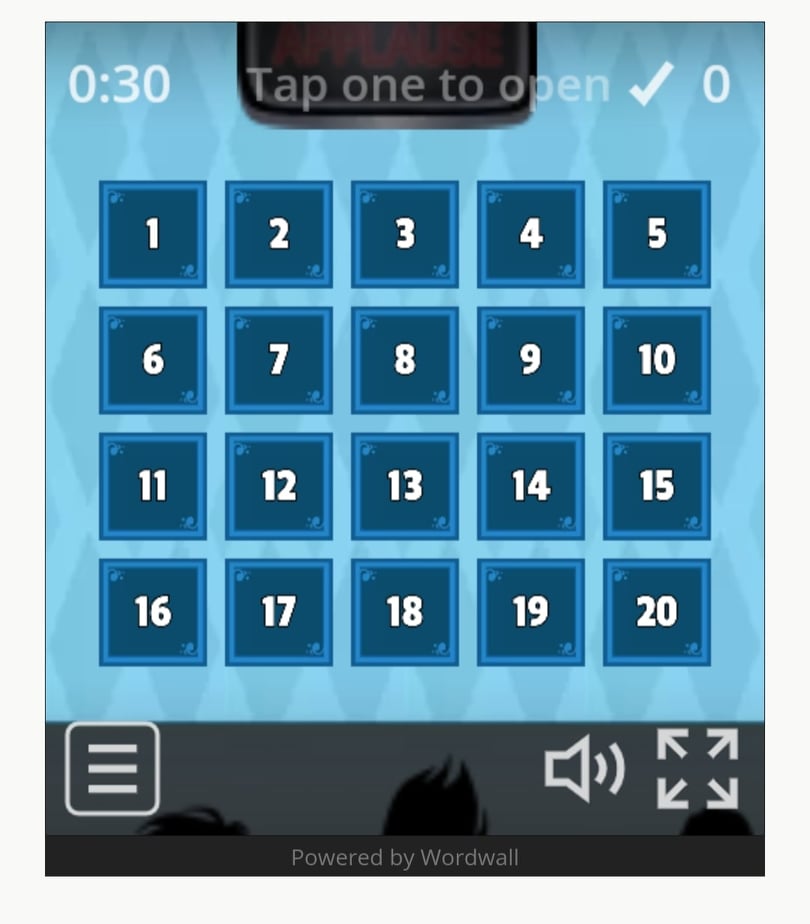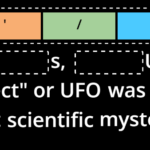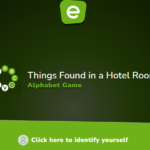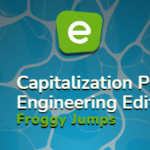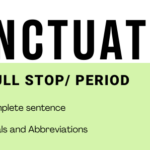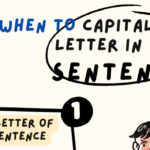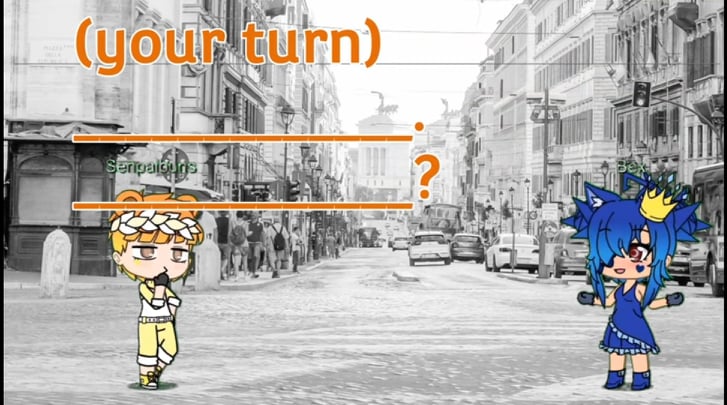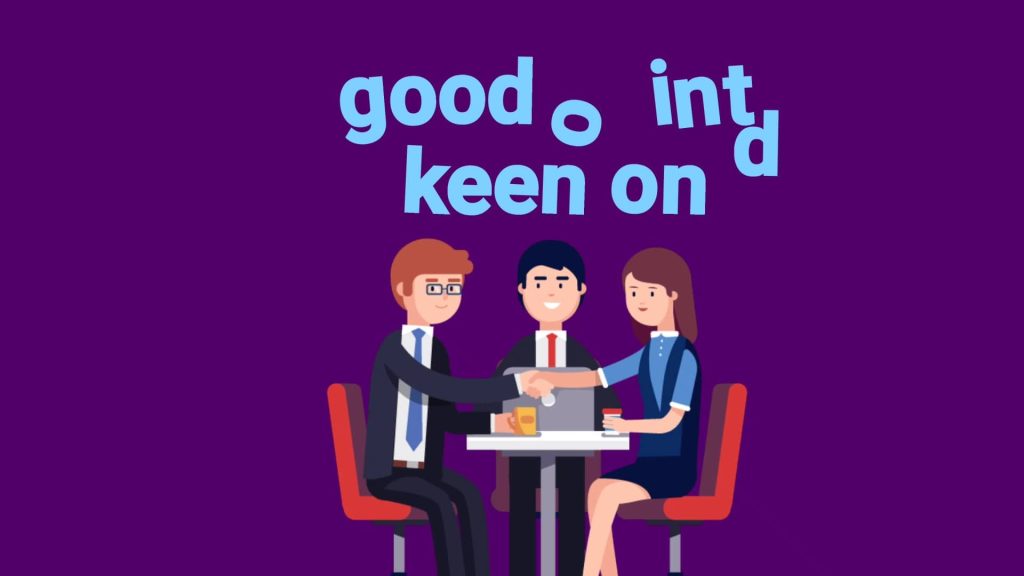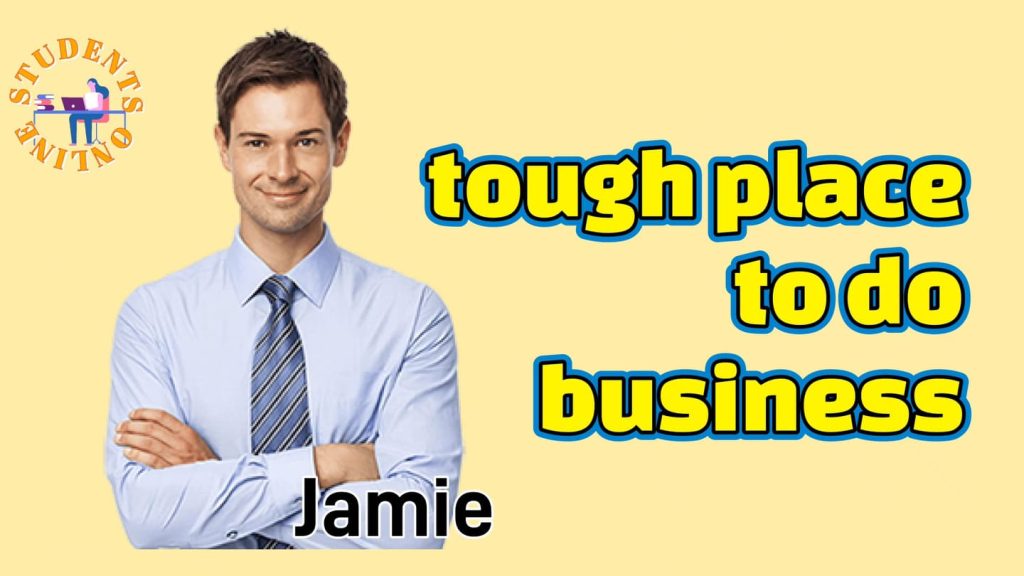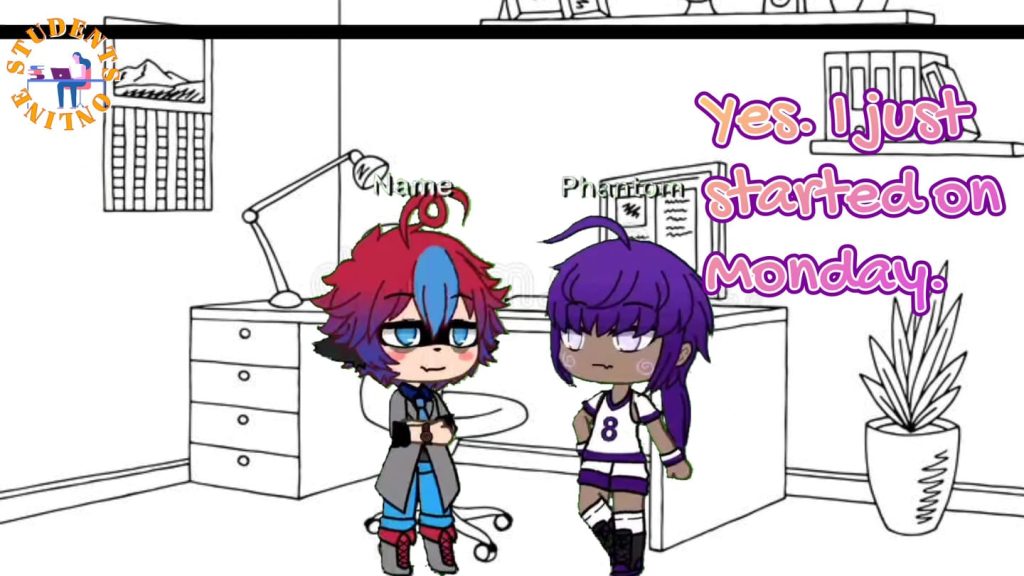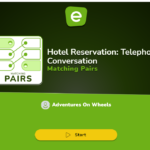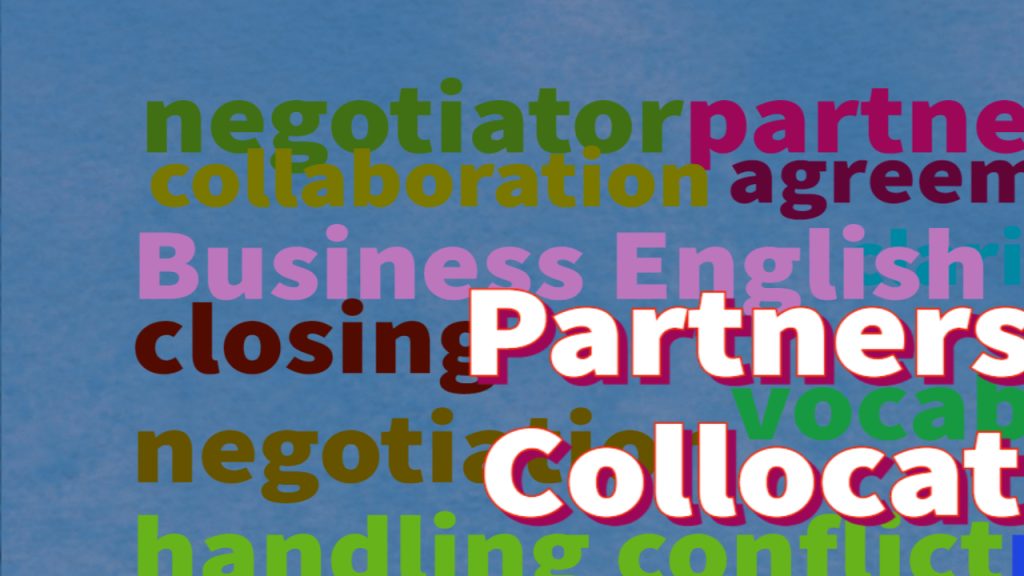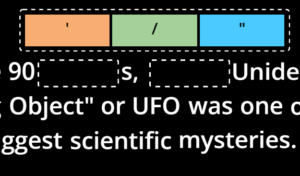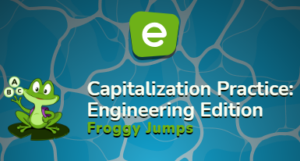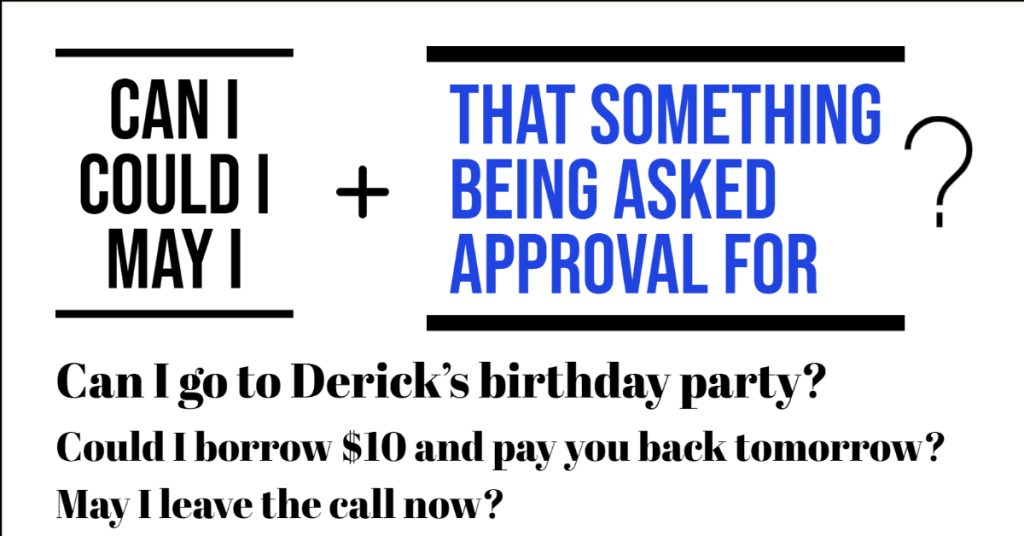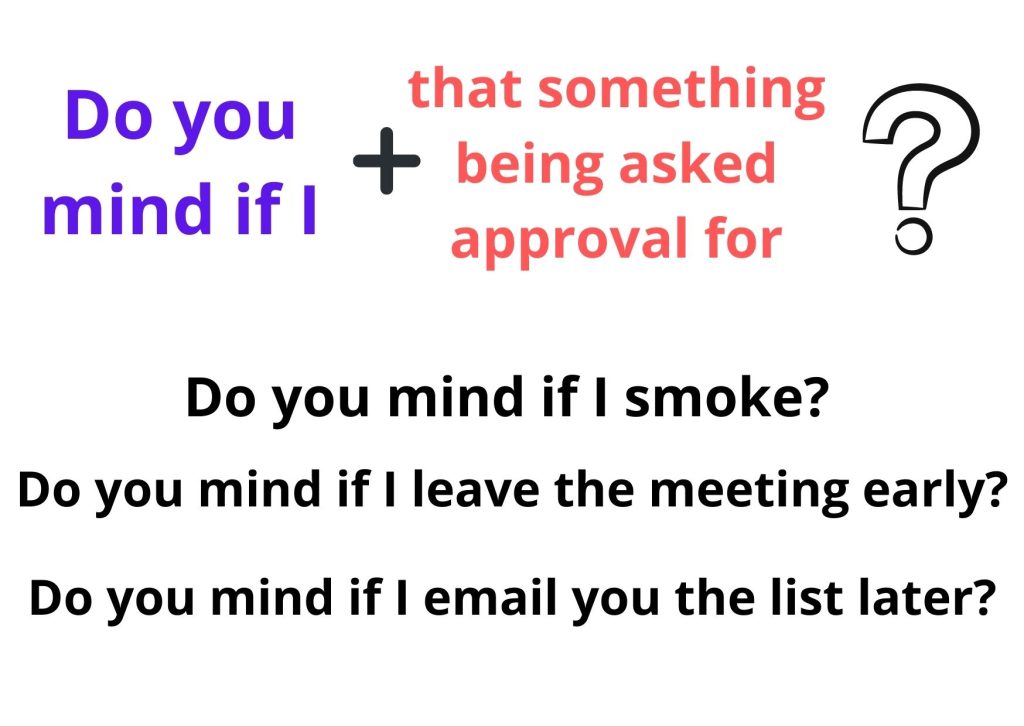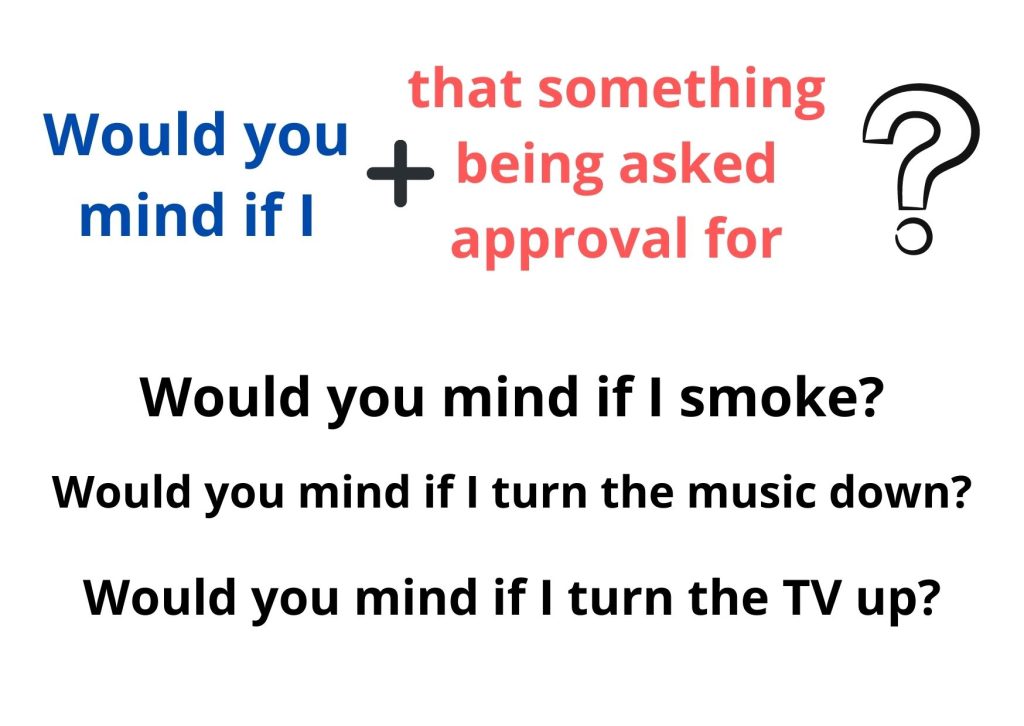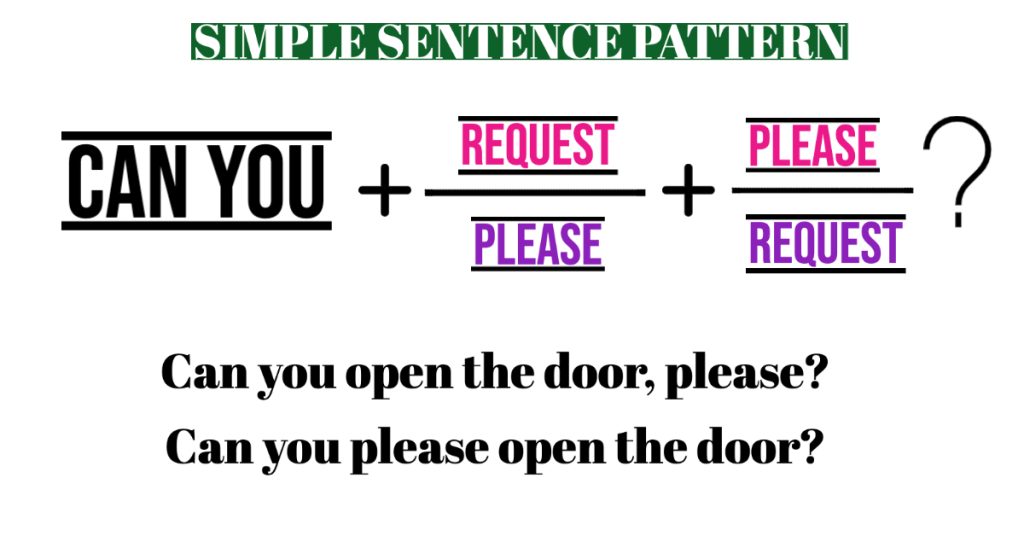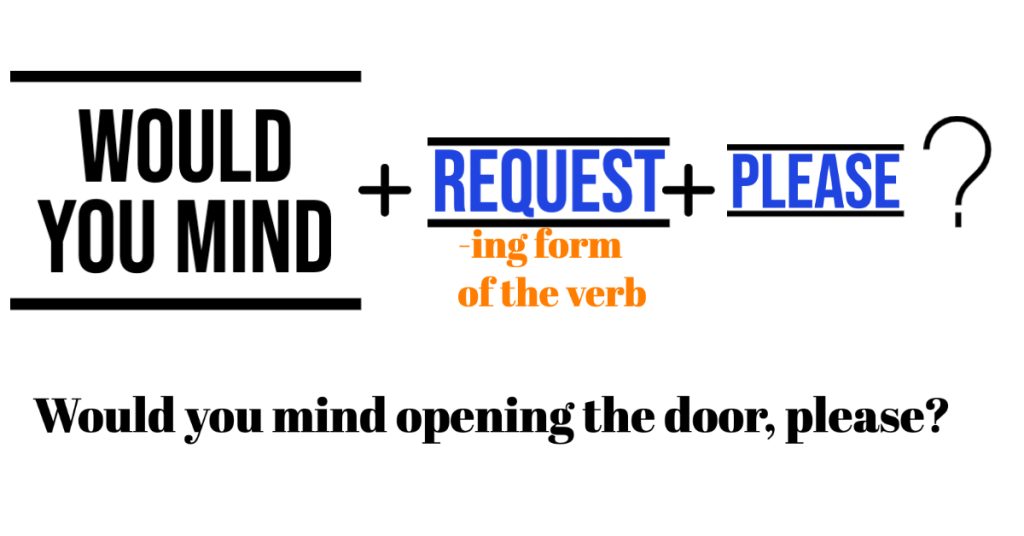To be able to ask questions clearly in a conversation is very important for the following reasons. One, a person would be understood clearly thus avoiding miscommunication. Aside from this, asking questions in a conversation shows that you are interested, and it keeps the conversation going.
WH-Questions are one of the different ways of asking questions. These are questions that begin with what, where, when, why, who, which, how, how many, how often, and how much.
Example
What is happening here?
Where is the bathroom?
When does the plane arrive?
Why are there so many people here?
Who are you talking to?
Which of the these do you prefer?
How do I go to the bus station?
How many countries are there in the ASEAN?
How often do you ride your bicycle?
How much are these apples?
Let’s Practice
Instructions
- Pick a box and an image will pop up.
- Ask a WH-question about the image.
MORE HERE
